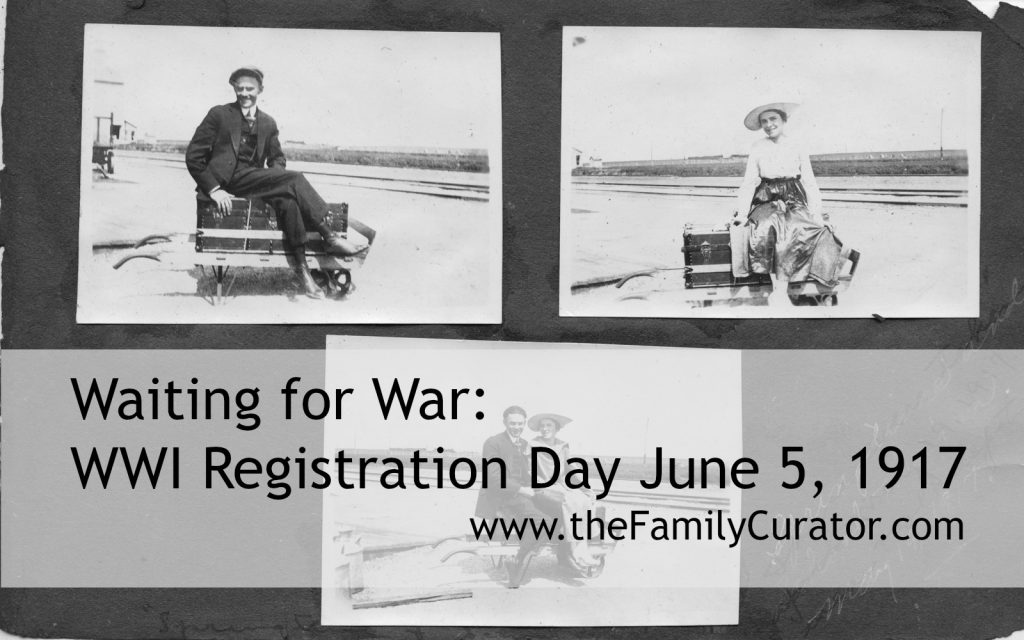 It must have seemed like a strange summer in middle America, one hundred years ago. From Kansas to Alabama, life paused as a series of tornados ripped across the plains in May and June,1 and thousands of young men awaited June 5th to report for “Army registration day.”
It must have seemed like a strange summer in middle America, one hundred years ago. From Kansas to Alabama, life paused as a series of tornados ripped across the plains in May and June,1 and thousands of young men awaited June 5th to report for “Army registration day.”
On that early June Tuesday, my grandfather Walter George May woke early but he wasn’t headed to work at H.B. Putman’s farm. Instead he was third in line to register for the draft at the local voting precinct in East Pleasant Home, Nebraska.
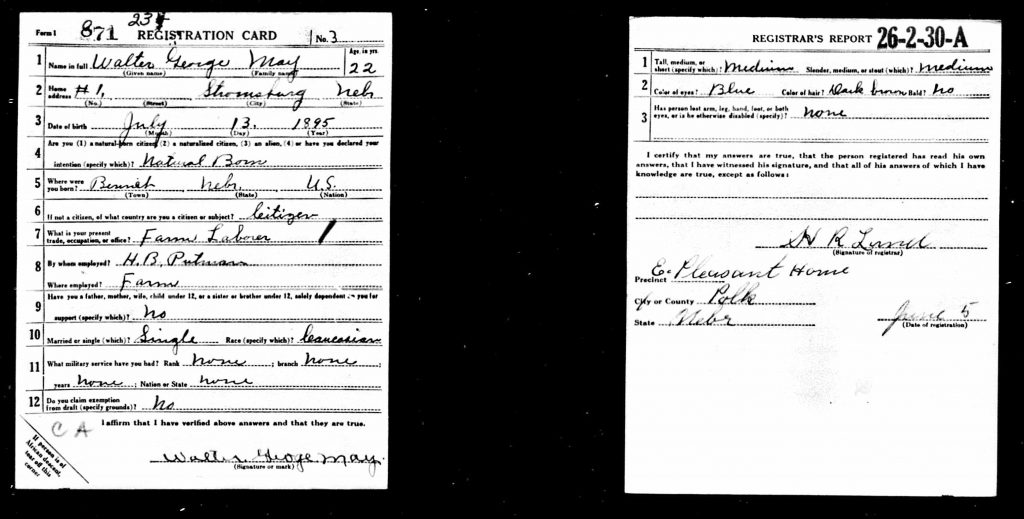
Polk County took to heart the national call to honor the registrants starting with “the blowing of fire whistles and ringing of bells at 7 a.m.” Local Boy Scouts raised a new flag, dedicated by Reverend Clinton Sennoff. John Willcockson gave a speech on the Red Cross and organized a new chapter of 205 members. In the afternoon, residents were treated to musical performances and more speeches. A Special Report to The Lincoln Star noted, “Tuesday was a day of great patriotic demonstration.”2
Registering for the Draft
Within weeks of declaring war on Germany April 6, 1917, the United States initiated the Select Service System charged with increasing military ranks. Three registrations were authorized to register men, call selected registrants, and place them in training centers.
- The first registration, on June 5, 1917 called for all men between the ages of 21 and 31, born between 6 June 1886 and 5 June 1896. Over ten million men answered the First Registration call.
- The second registration on June 5, 1918 called for men who became 21 after the June 5, 1917 registration date. A supplemental registration on August 24, 1918 included men turning 21 after June 5, 1918.
- The third registration on September 12, 1918 expanded the call further to include men age 18 through 45.3
The World War I draft registration cards are full of valuable information for genealogists, including full name, birthplace and birthdate, citizenship, occupation, and signature. Each of the three registrations asked for slightly different information. The cards and related records are held at NARA in Washington D.C. as part of the Records of the Selective Service System (WWI), 1917-1939. Digital images of NARA’s microfilmed records have been indexed and may be viewed online at FamilySearch.org (free), Ancestry.com ($), Fold3.com ($), and FindMyPast.com ($).
Learn more about using WWI Draft Registration Cards and see samples of the three registration cards used throughout the U.S. in a two-part series by genealogist Gena Philibert-Ortega for the GenealogyBank blog “Learning More about World War I Draft Records (Part I)” and “Learning More about World War I Draft Records (Part II).”
One Hundred Years Later
This post begins a series featuring the photos and stories Walter brought home from The Great War.
My ultimate goal is to learn more about his wartime experiences from the items he saved and other available records. I don’t have a wartime journal or ribbon-tied stack of letters. I never saw Walter’s military service records before they were destroyed in the fire at the National Personnel Records Center in St. Louis.4
Although I inherited an embarrassment of riches from my mother’s side of the family, Dad’s stern German ancestors were more selective about what they chose to keep. The few photo albums, loose snapshots and keepsakes that were passed on fit neatly inside a medium-size archival box.
What I know about my paternal grandparents’ early lives comes mostly from these books: vacation snapshots in those awful “magnetic” albums, a handmade baby scrapbook, four small black-paper photo albums, and what I call “The Honeymoon Album” chronicling their wedding trip and move to California.
And, then there’s the trunk. Yes, there’s a trunk.
Neatly folded and packed inside an Army-green foot locker, Walter’s army uniform and gear tell the story a man of medium height, medium build, with dark brown hair and blue eyes.5
I’ve decided to start with the four small photo albums. Photos with notes show that the pictures are not in chronological order. This makes it difficult to date adjacent images unless the photos are clearly from the same event or film roll. It’s almost as if someone started a book with one stack of photos and then found another stack of older pictures to add later.
The best thing about this project is that it is limited by the items in that one archival box, plus Grandpa’s army kit in the footlocker. Often, all we have are slim clues in photo albums, letters, or ephemera, but they can lead to other resources online and in libraries and archives to create a rich and interesting history.
I hope you’ll join me for this series and find ideas to push forward for your own family history project.
If you like this post, please share!
- Wikipedia (http://www.wikipedia.com), “May–June 1917 tornado outbreak sequence” rev. 22 May 2017.
- “World War I Draft Registration Cards, 1917-1918; digital images, Ancestry.com (https://www.ancestry.com : accessed 1 June 2017), card for Walter George May, no. 3, East Pleasant Home; citing World War I Selective Service System Draft Registration Cards, 1917-1918, National Archives microfilm publication M1509, imaged from FHL microfilm 1711767.
“Nebraska Towns Observe June 5 — Registration Day,” The Lincoln (Nebraska) Star, 7 June 1917, p. 10, col. 4; digital image Newspapers.com (https://www.newspapers.com/image/40593022 : accessed 1 June 2017).
- “World War I Draft Registration Cards,” National Archives (https://www.archives.gov/research/military/ww1/draft-registration : accessed 1 June 2017).
- “The 1973 Fire, National Personnel Records Center,” National Archives, (https://www.archives.gov/st-louis/military-personnel/fire-1973.html : accessed 1 June 2017).
- “World War I Draft Registration Cards, 1917-1918,” database, Ancestry.com, card for Walter George May, no. 3, East Pleasant Home.
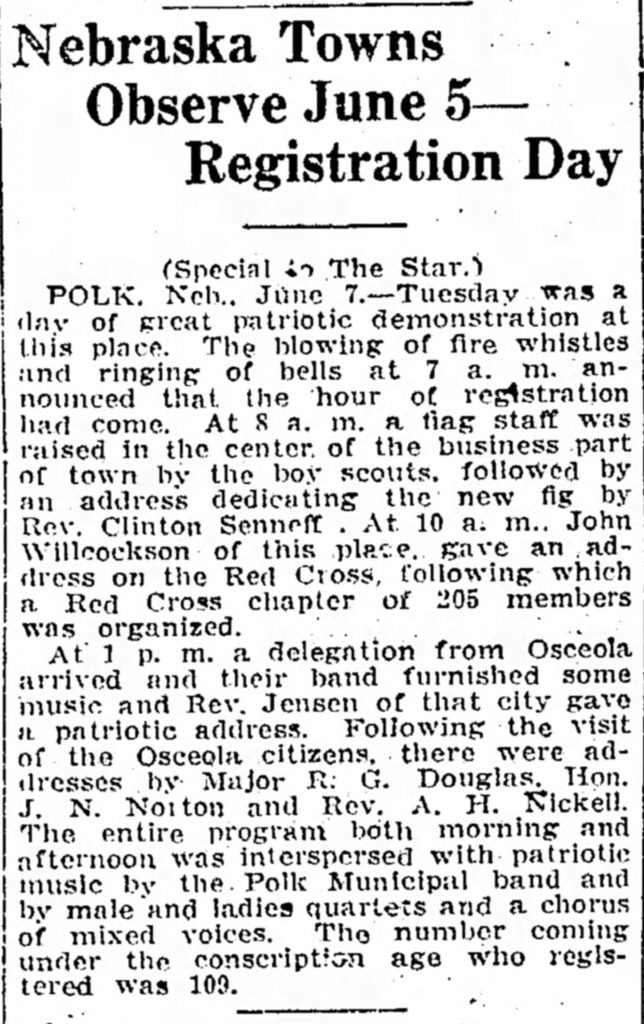
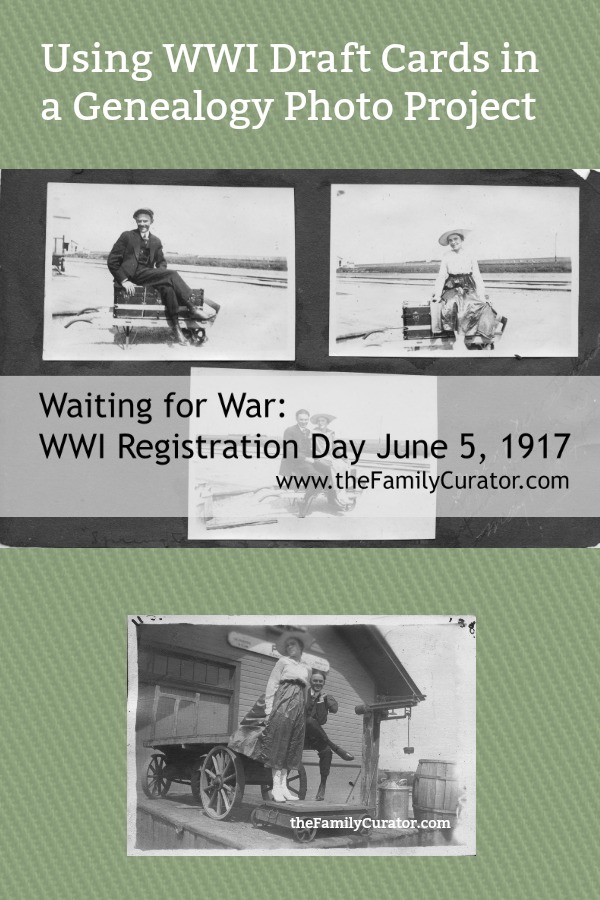
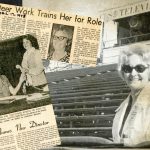
![Hey Soldier, What’s Your Name? Crowdsourcing IDs in Old Group Photos [TUTORIAL]](https://thefamilycurator.com/wp-content/uploads/2015/08/soldiers-150x150.jpg)
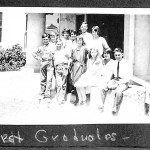



I think that possibly your interpretation of the precinct may not be accurate. In many of the “squarish” counties of Nebraska, the townships were originally labeled A, B, C etc, starting with the most northeastern township. Thus, there is a very good chance that the precinct is actually E Precinct, also known or named Pleasant Home, in Polk County.
In Seward County, NE where I live, the naming of townships seems not to have caught on, as nearly all reference material I find refers to “E Township”.
Thank you, Jeramy. This is a good example of misunderstanding information when you research from afar. I didn’t find other references to a place named “East Pleasant Home” and now we know why! Thank you for the clarification and correction. I will amend the post, and leave this comment as it’s a helpful reminder to be careful about interpreting records. Good catch!
What great treasures you have, magnetic albums and all… I, also, have a whole lot of those from my mother in law… many years to search and catalogue, but what a wonderful inheritance.
No uniforms, but I do have the badges and buttons from them.. I wonder if future generations will treasure them as much as we do?
I look forward to following your project, Denise.
I wonder too, Crissouli, what our descendants will think about their “legacy.” That’s another project for the very near future!
I’ll be interested to read what conclusions you come to…
Thanks! Stay tuned.